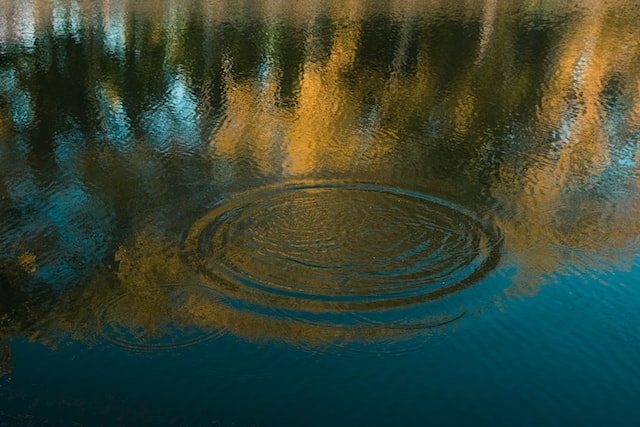The Ontario First Nations Technical Services Corporation isn’t alone in advancing the notion of indigenous communities asserting control over and responsibility for their water resources.
The Commission for Environmental Cooperation, a trilateral body formed in 1994 as part of the North American Free Trade Agreement, hosted an online forum in November through its Traditional Ecological Knowledge experts group to look at water and sustainability through an Indigenous lens.
“Water is at the core of the wellbeing of all life, of all people, of all communities, and it is the future of our grandchildren,” Kathy Hodgson-Smith, a Saskatoon-based Indigenous lawyer, said in opening remarks. “This exchange today arises from our need to listen and learn together, to share our Indigenous-informed approaches to water management, to ensure the best possible advice to the CEC.”
Pier-Olivier Boudreault, of the Canadian Parks and Wilderness Society, said a campaign against hydroelectric development along the Magpie River in Québec’s Côte-Nord region has seen the regional municipality of Minganie and the Innu Council of Ekuanitshit recognize the 300-kilometre waterway as a legal person.
Popular with whitewater paddlers and rafters, the Magpie is culturally significant to the Innu, who know it as Muteshekau-Shipu and see themselves as its guardians. The municipal and Innu resolutions acknowledge legal rights such as the right to flow, maintain biodiversity, and take legal action.
Jesse Cardinal, from the Kikino Métis Settlement in Alberta, said First Nations have responded to bitumen and mineral extraction by establishing one of Canada’s first Indigenous protected areas. “These northern Indigenous communities are very tied to the water,” Cardinal said, describing plans to release water from tailing ponds into the Athabasca River. “People travel on the water on a regular basis, hunting, fishing, and trapping. So anything that goes into the water will affect the people and all of the wildlife and fish that depend on it.”
Keepers of the Water, of which Cardinal is executive director, has launched its own independent water monitoring efforts. “The governments are so closely connected to the industry that we don’t trust the information they’re giving us,” she said. “The only way to truly protect the future is to start returning the land back to Indigenous people. We know how to take care of the land. We’re the original stewards.”
Speakers also offered perspective from the U.S. and Mexico. Virginia LeClere, with the Prairie Band Potawatomi Nation in Kansas, recounted her community’s forced migration from the Great Lakes nearly 200 years ago, and challenges transitioning to a prairie setting. “We’ve adapted and learned to harvest new foods and medicines, and learn new life ways, including water management practices,” LeClere said. Achievements include restoring 31 acres of farmland to its original wetland state to be able to harvest species appropriate to the region. “When our traditional goals and practice and that longing we have for our history can align with modern science and conservation practices, good things can happen,” LeClere said.
Josefina Santiago, with the United Villages for Water Management and Protection in Oaxaca state, Mexico, said drought conditions and proposed metered fees for water triggered an Indigenous movement to regain Indigenous control nearly two decades ago. “We wanted to recover our aquifer,” Santiago explained. In 2021, the courts granted local autonomy in respect to managing and using water. “It is a common good, not a commodity,” Santiago said, noting community wells and conservation projects along with the anticipated challenge of a planned silver mine.
As the discussion wound down, Hodgson-Smith acknowledged the importance of embracing available technologies and developing local institutions to engage with governments and legal regimes. “You’re all exploring methods for interacting in culturally appropriate ways that meet the needs of your community,” she said.
As part of Water Canada’s ongoing series, please see:
A closer look at Canada’s water operator shortage
Zhiibaahaasing operator’s drive for safe drinking water









